Home>Home Appliances>Kitchen Appliances>How Does A Food Dehydrator Work
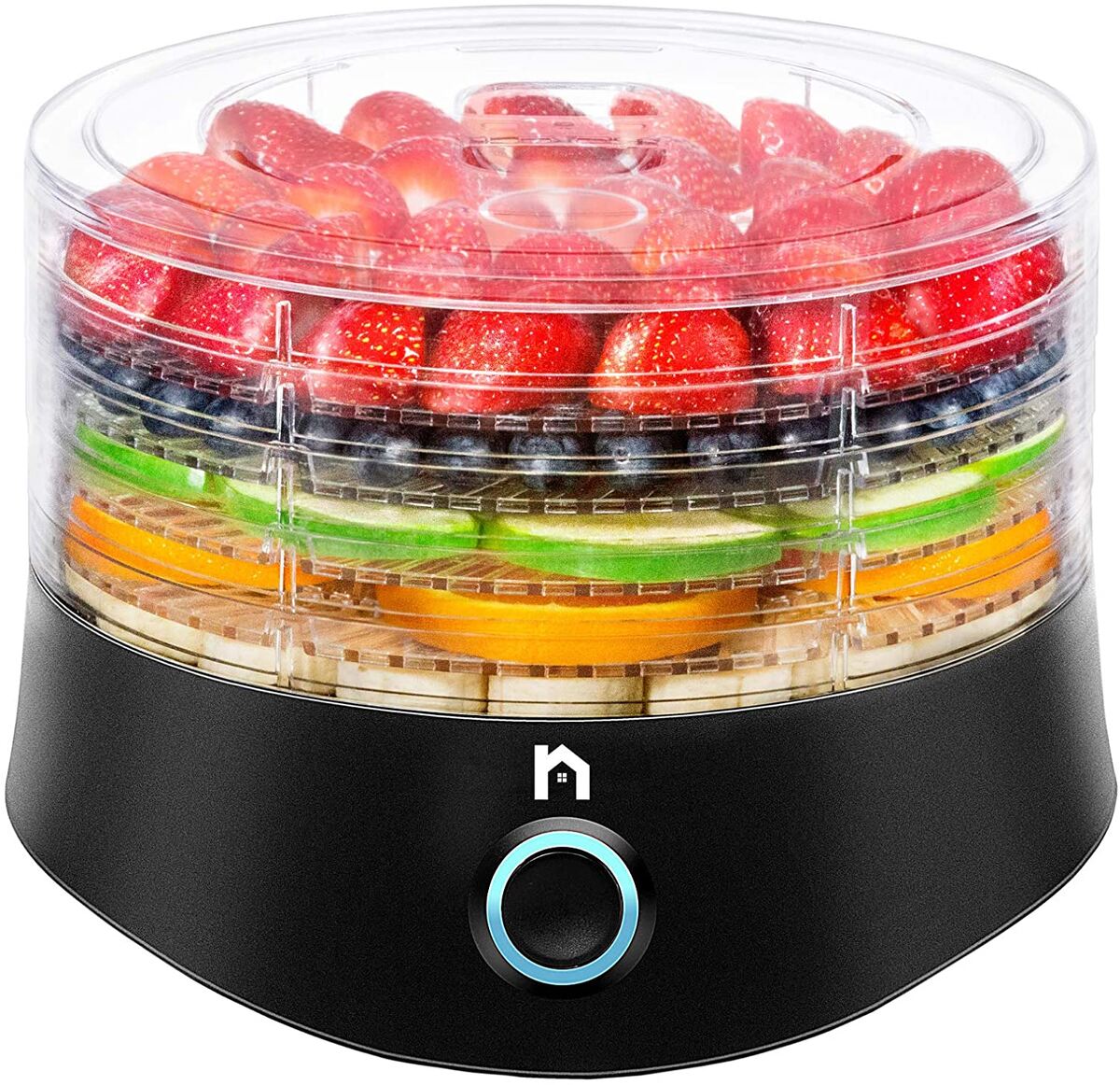

Kitchen Appliances
How Does A Food Dehydrator Work
Modified: January 14, 2024
Discover how a food dehydrator works and its benefits for your kitchen. Learn about this essential kitchen appliance and its uses.
(Many of the links in this article redirect to a specific reviewed product. Your purchase of these products through affiliate links helps to generate commission for Storables.com, at no extra cost. Learn more)
Introduction
Welcome to the fascinating world of food dehydration! Have you ever wondered how you can preserve your favorite fruits, vegetables, and meats without using artificial preservatives? Well, a food dehydrator is the answer to your culinary dreams. In this article, we will delve into the inner workings of this ingenious kitchen appliance, uncovering the science behind its operation and exploring the myriad benefits it offers. Whether you are a health-conscious individual looking to create delicious and nutritious snacks or a culinary enthusiast seeking to elevate your cooking prowess, understanding how a food dehydrator works will undoubtedly pique your interest and inspire your culinary creativity.
Key Takeaways:
- Food dehydrators use heat, airflow, and time to remove moisture from foods, preserving them without artificial preservatives and enhancing their flavors for delicious, nutrient-dense snacks and ingredients.
- By using a food dehydrator, individuals can extend the shelf life of foods, retain their nutrients, minimize food waste, create healthy snacks, and explore versatile culinary possibilities, all while embracing a sustainable approach to food preservation.
Read more: How To Store Dehydrated Lemons
What is a Food Dehydrator?
A food dehydrator is a versatile kitchen appliance designed to remove moisture from various foods, thereby preserving them for extended periods. This ingenious device operates on the principle of controlled dehydration, effectively extracting moisture from fruits, vegetables, meats, and herbs to inhibit the growth of bacteria, mold, and yeast. By significantly reducing the water content in foods, a food dehydrator not only prolongs their shelf life but also concentrates their flavors, resulting in delicious, nutrient-dense snacks and ingredients.
Modern food dehydrators are equipped with adjustable temperature settings and airflow mechanisms, allowing for precise control over the dehydration process. Typically, these appliances consist of multiple trays or shelves, providing ample space to arrange an assortment of foods for dehydration. Whether you are aiming to create vibrant fruit leathers, crispy kale chips, or savory beef jerky, a food dehydrator offers a convenient and efficient means of preserving and enhancing the natural goodness of various ingredients.
The Basic Mechanism of a Food Dehydrator
At the heart of a food dehydrator lies a simple yet ingenious mechanism that facilitates the dehydration process. The appliance utilizes a combination of heat, airflow, and time to gradually remove moisture from foods, transforming them into shelf-stable delicacies. Understanding the fundamental components and operation of a food dehydrator is essential for harnessing its full potential in your culinary endeavors.
Most food dehydrators are equipped with a heating element, which may be located at the base or rear of the unit. When the appliance is powered on, the heating element generates a gentle, consistent warmth, creating the optimal conditions for moisture evaporation. Additionally, a fan or airflow system ensures that the warm air circulates evenly throughout the interior of the dehydrator, preventing the formation of moisture pockets and promoting uniform dehydration.
As the temperature within the dehydrator gradually rises, the moisture present in the foods begins to evaporate. The warm, dry air produced by the heating element and fan absorbs this moisture, carrying it away from the food and out of the appliance. This continuous process of evaporation and air circulation results in the gradual reduction of the water content in the foods, ultimately leading to their dehydration.
Furthermore, many modern food dehydrators feature adjustable temperature settings, allowing users to tailor the dehydration process to the specific requirements of different foods. For instance, delicate herbs and fruits may benefit from lower temperatures to preserve their vibrant colors and essential nutrients, while meats and tougher vegetables may require slightly higher temperatures to ensure thorough dehydration and food safety.
By harnessing the basic mechanism of a food dehydrator, individuals can transform an array of fresh, seasonal produce and meats into delectable, long-lasting snacks and ingredients. Whether you are striving to minimize food waste, savor the flavors of peak-season produce year-round, or embark on culinary adventures, the mechanism of a food dehydrator serves as a gateway to a world of creative and sustainable food preservation.
The Process of Dehydration
The process of dehydration, facilitated by a food dehydrator, is a remarkable transformation that converts perishable foods into durable, nutrient-dense delights. Understanding the intricacies of this process empowers individuals to unlock the full potential of their food dehydrators, enabling them to create an array of flavorful and shelf-stable treats.
Upon loading the trays of the food dehydrator with sliced fruits, vegetables, or marinated meats, the dehydration process commences. As the appliance is activated, the heating element initiates the gradual elevation of the internal temperature, while the fan or airflow system ensures the uniform distribution of warm air throughout the dehydrator.
As the temperature within the dehydrator reaches the desired level, the moisture present in the foods begins to evaporate. This moisture-laden air is swiftly carried away by the airflow system, preventing it from lingering around the foods and impeding the dehydration process. Over time, the continuous circulation of warm, dry air causes the water content in the foods to diminish, resulting in the transformation of plump fruits, succulent vegetables, and tender meats into dehydrated marvels.
The duration of the dehydration process varies depending on factors such as the type and thickness of the foods, the ambient humidity, and the specific dehydration goals. Fruits may require several hours to dehydrate fully, yielding chewy, naturally sweet snacks, while vegetables and meats might undergo a lengthier dehydration period to achieve a crisp, shelf-stable texture.
Throughout the dehydration process, it is essential to periodically monitor the progress of the foods, ensuring that they reach the desired level of dryness without becoming overly desiccated. This attentive approach allows individuals to tailor the dehydration process to their preferences, whether they seek pliable dried fruits for snacking, robust jerky for protein-packed indulgence, or dehydrated vegetables for culinary applications.
Ultimately, the process of dehydration, orchestrated by the harmonious interplay of heat, airflow, and time within a food dehydrator, empowers individuals to transform an abundance of fresh, seasonal produce and meats into enduring culinary treasures. By embracing this process, one can savor the bounties of nature year-round, minimize food waste, and embark on a journey of culinary creativity and sustainability.
When using a food dehydrator, make sure to evenly space out the food on the trays to allow for proper air circulation. This will help ensure that the food dehydrates evenly and thoroughly.
Benefits of Using a Food Dehydrator
Embracing the utilization of a food dehydrator in your culinary repertoire offers a myriad of compelling benefits, ranging from enhanced nutrition and flavor retention to sustainable food preservation. By harnessing the power of dehydration, individuals can elevate their culinary endeavors while promoting healthy, sustainable living. Let’s explore the remarkable advantages of incorporating a food dehydrator into your kitchen arsenal.
- Prolonged Shelf Life: One of the most notable benefits of using a food dehydrator is the ability to extend the shelf life of various foods. By removing moisture, which is a catalyst for spoilage, the dehydration process effectively inhibits the growth of bacteria, mold, and yeast, allowing fruits, vegetables, and meats to remain shelf-stable for extended periods without the need for artificial preservatives.
- Nutrient Retention: Unlike traditional preservation methods that often involve high heat or chemical additives, dehydration preserves the nutritional integrity of foods. By gently removing moisture at low temperatures, a food dehydrator helps retain the essential vitamins, minerals, and enzymes present in fruits, vegetables, and meats, offering a nutrient-dense alternative to store-bought snacks and ingredients.
- Flavor Enhancement: The dehydration process intensifies the natural flavors of foods, resulting in concentrated, robust taste profiles. Whether it’s the rich sweetness of dried apricots, the earthy umami of dehydrated mushrooms, or the savory depth of beef jerky, a food dehydrator elevates the culinary experience by enhancing the flavors of various ingredients.
- Minimization of Food Waste: With a food dehydrator, individuals can salvage excess or slightly overripe produce by transforming it into delectable dried snacks. This not only reduces food waste but also provides a sustainable solution for preserving seasonal abundance and minimizing the environmental impact of discarded produce.
- Creation of Healthy Snacks: By dehydrating fruits, vegetables, and lean meats, individuals can craft wholesome, preservative-free snacks that cater to their dietary preferences. From crispy apple chips and zesty kale crisps to protein-packed jerky and flavorful fruit leathers, a food dehydrator empowers individuals to embrace nutritious snacking without compromising on taste.
- Culinary Versatility: Beyond snack production, a food dehydrator opens doors to a world of culinary creativity. Dehydrated ingredients can be rehydrated and incorporated into soups, stews, and sauces, adding depth and complexity to dishes. Furthermore, they can serve as flavorful additions to trail mixes, granolas, and baked goods, enhancing both the taste and nutritional value of various recipes.
By harnessing these remarkable benefits, individuals can embark on a journey of culinary exploration, sustainability, and wholesome living, all facilitated by the ingenious capabilities of a food dehydrator.
Read more: How To Store Dehydrated Chicken
Tips for Using a Food Dehydrator
Mastering the art of food dehydration involves a blend of technique, creativity, and attention to detail. Whether you are a seasoned dehydrating enthusiast or a novice embarking on this culinary adventure, the following tips will empower you to optimize the functionality of your food dehydrator and elevate the quality of your dehydrated creations.
- Uniform Slicing: When preparing foods for dehydration, strive for uniform slicing or chopping to ensure consistent drying. This not only facilitates even dehydration but also enhances the visual appeal of the finished products.
- Pre-Treatment for Fruits: Certain fruits, such as apples and bananas, benefit from pre-treatment to prevent discoloration and preserve texture. Consider soaking them in a solution of lemon juice and water or dipping them in honey or agave nectar before dehydration to retain their natural colors and flavors.
- Marinades for Meats: For dehydrated meats, marinating them in flavorful concoctions before dehydration can infuse them with depth and complexity. Experiment with a variety of marinades, incorporating herbs, spices, and savory liquids to enhance the taste of jerky and other dehydrated meats.
- Air Circulation: Arrange the foods on the dehydrator trays with ample space between each piece to ensure unobstructed airflow. This promotes efficient dehydration and prevents the foods from sticking together during the drying process.
- Temperature Monitoring: Different foods require specific dehydration temperatures. Familiarize yourself with the optimal temperature settings for various foods to achieve the best results. Additionally, periodically check the internal temperature of the dehydrator to ensure consistent heat distribution.
- Rotation of Trays: Periodically rotate the trays within the dehydrator to promote uniform drying, especially if certain areas of the appliance exhibit variations in temperature or airflow. This simple practice helps prevent uneven dehydration and ensures consistent results.
- Storage Considerations: Once the foods are adequately dehydrated, allow them to cool to room temperature before storing them in airtight containers. Proper storage in a cool, dark place ensures the longevity of the dehydrated foods and preserves their quality.
- Rehydration Techniques: Familiarize yourself with rehydration methods for dehydrated ingredients. Whether it’s soaking dried fruits in warm water for plumping or rehydrating dehydrated vegetables in broths and sauces, understanding rehydration techniques expands the culinary possibilities of dehydrated ingredients.
By incorporating these tips into your dehydrating endeavors, you can harness the full potential of your food dehydrator, create an array of delectable snacks and ingredients, and embark on a journey of culinary exploration and sustainability.
Conclusion
As we conclude our exploration of the inner workings and benefits of a food dehydrator, it becomes evident that this ingenious kitchen appliance transcends mere food preservation—it embodies a gateway to culinary creativity, sustainability, and wholesome living. The marriage of heat, airflow, and time within a food dehydrator orchestrates a remarkable transformation, turning an abundance of fresh, seasonal produce and meats into enduring culinary treasures.
By understanding the basic mechanism of a food dehydrator and the process of dehydration, individuals can harness the power of this appliance to create an array of flavorful, nutrient-dense snacks and ingredients. The benefits of using a food dehydrator extend beyond prolonged shelf life and nutrient retention, encompassing the minimization of food waste, the creation of healthy snacks, and the enhancement of culinary versatility.
Furthermore, by adhering to the tips for using a food dehydrator, individuals can optimize the functionality of their appliances, ensuring consistent, high-quality results with each dehydration endeavor. From uniform slicing and pre-treatment techniques to temperature monitoring and storage considerations, these tips empower individuals to embark on a journey of culinary exploration and sustainability.
As you embark on your dehydrating adventures, may the knowledge and insights shared in this article serve as a source of inspiration and guidance, empowering you to savor the bounties of nature year-round, minimize food waste, and embrace a wholesome, sustainable approach to food preservation. Whether you are crafting vibrant fruit leathers, crispy vegetable chips, or savory jerky, the art of dehydration invites you to celebrate the flavors and nutritional richness of various ingredients, all while contributing to a more sustainable and mindful culinary lifestyle.
So, unleash your creativity, experiment with an array of delectable ingredients, and let the gentle hum of the food dehydrator be the soundtrack to your culinary odyssey. With each batch of perfectly dehydrated fruits, vegetables, and meats, you are not merely preserving foods—you are preserving a legacy of flavor, nutrition, and sustainable living.
Frequently Asked Questions about How Does A Food Dehydrator Work
Was this page helpful?
At Storables.com, we guarantee accurate and reliable information. Our content, validated by Expert Board Contributors, is crafted following stringent Editorial Policies. We're committed to providing you with well-researched, expert-backed insights for all your informational needs.
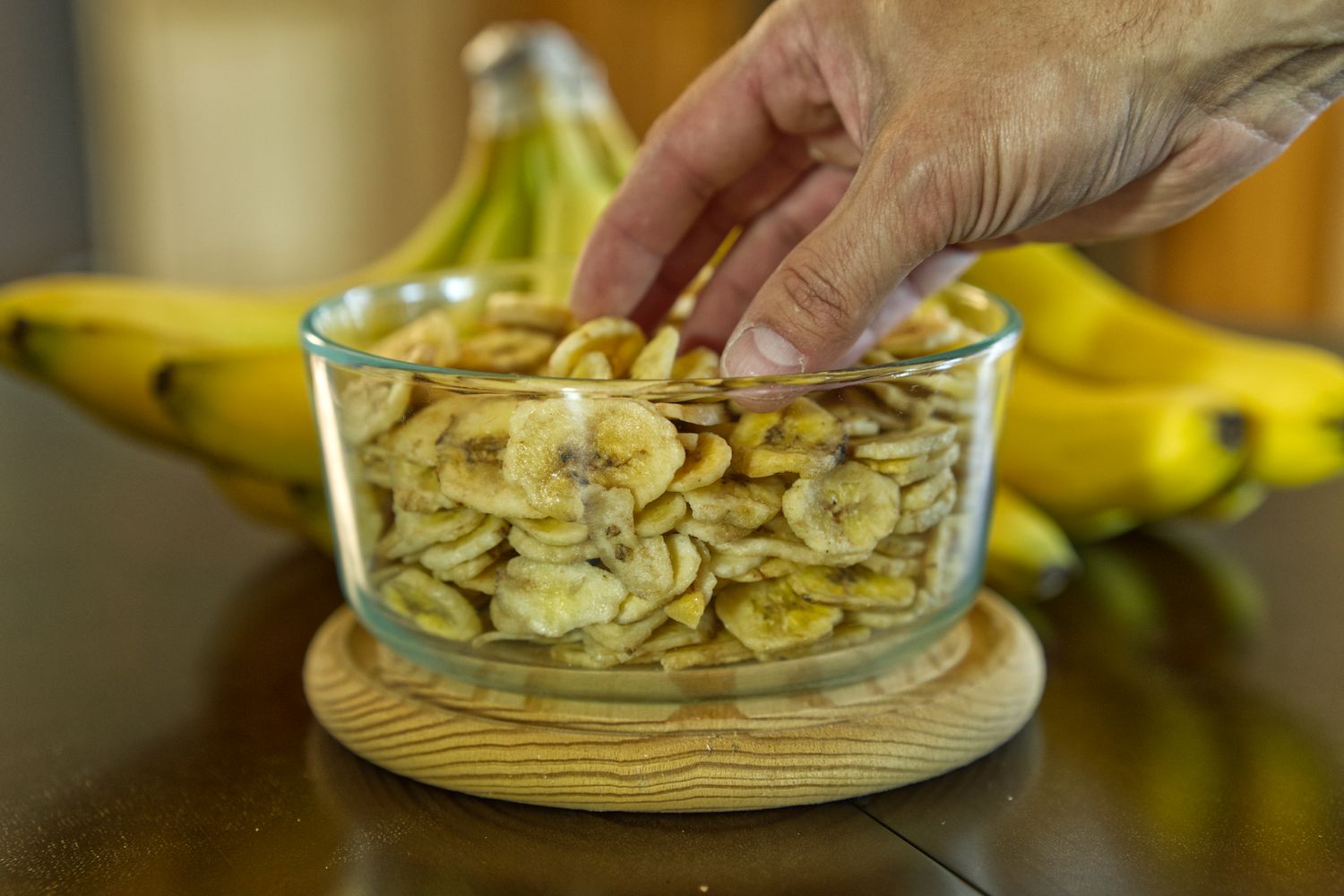

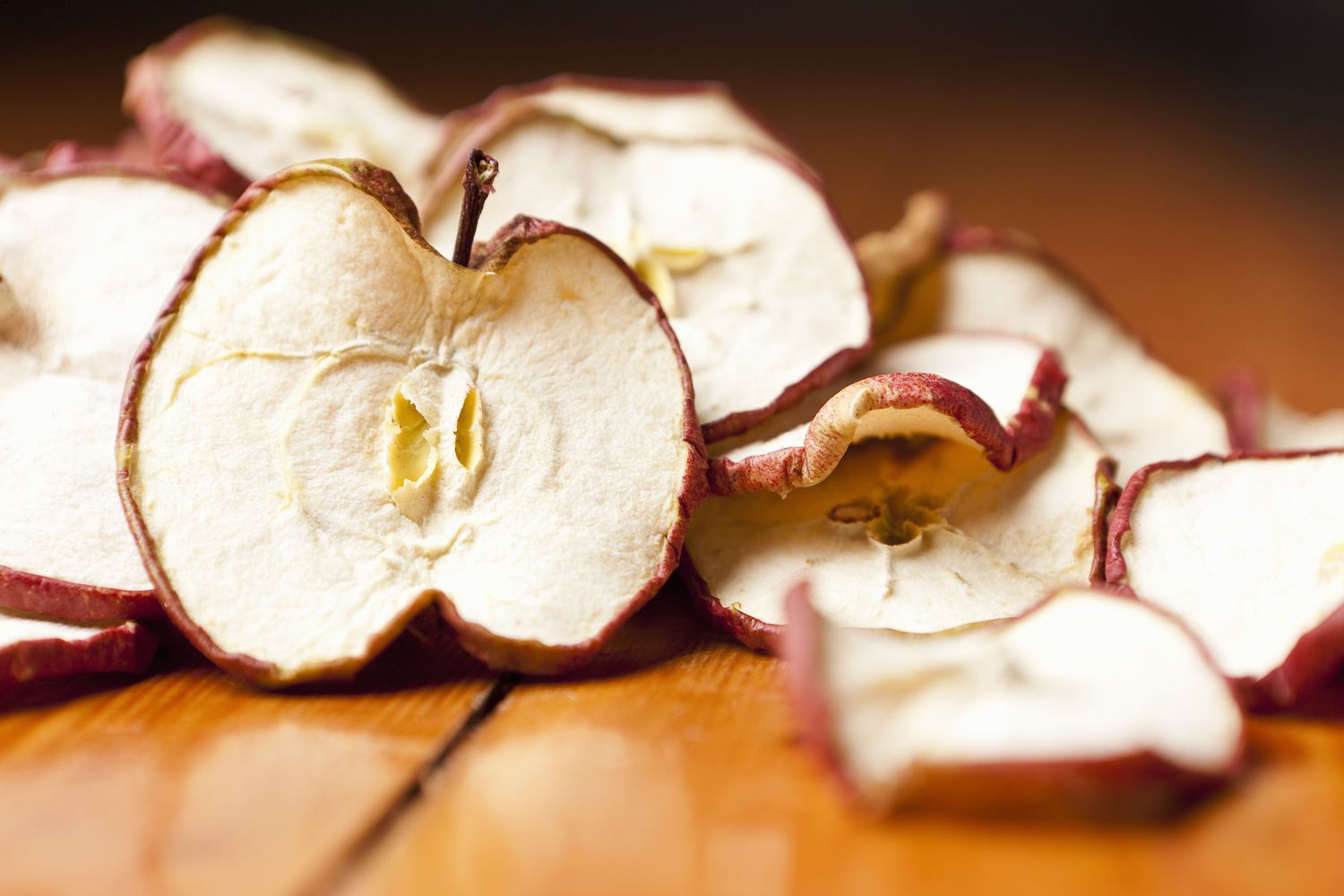
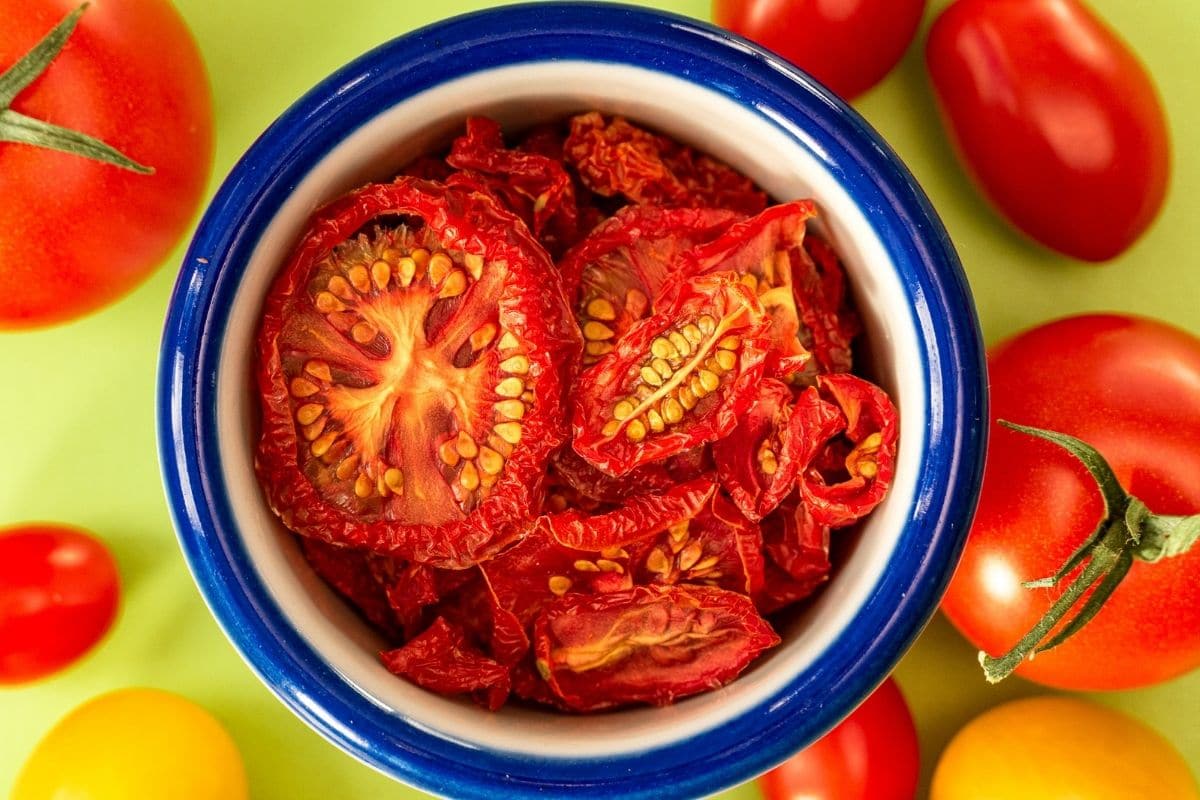
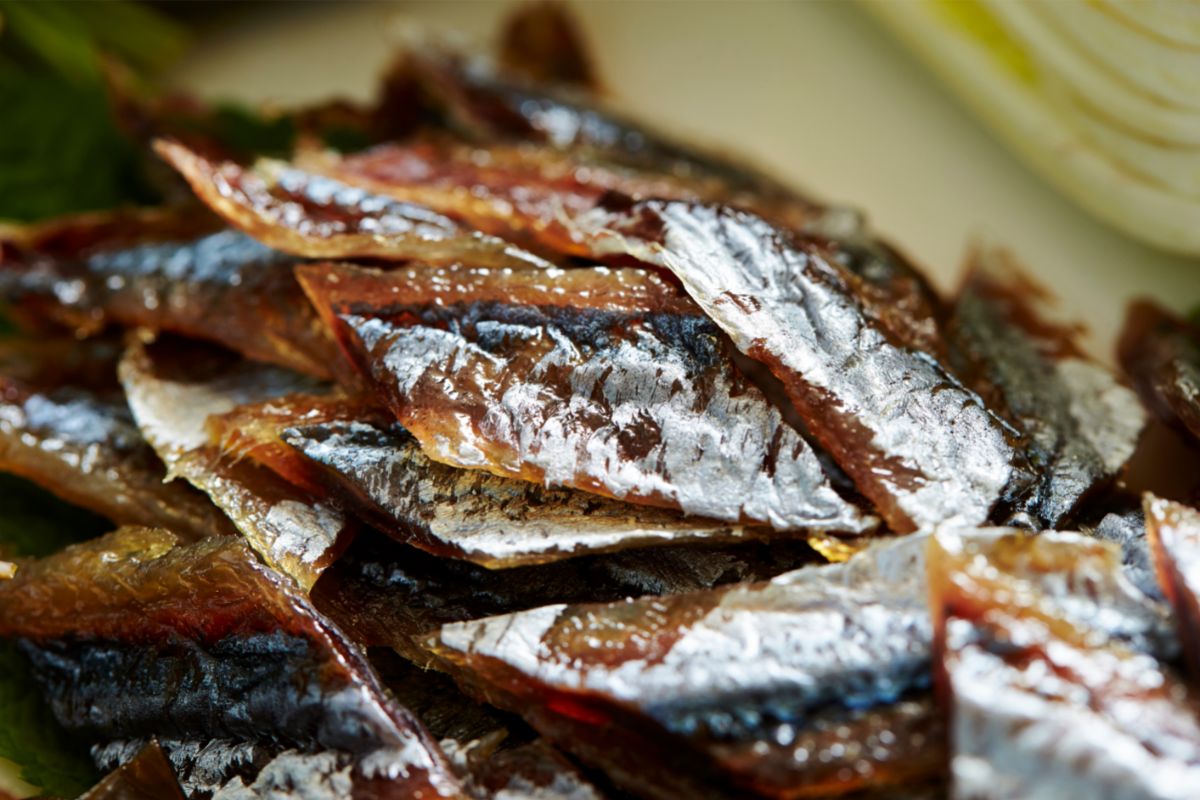
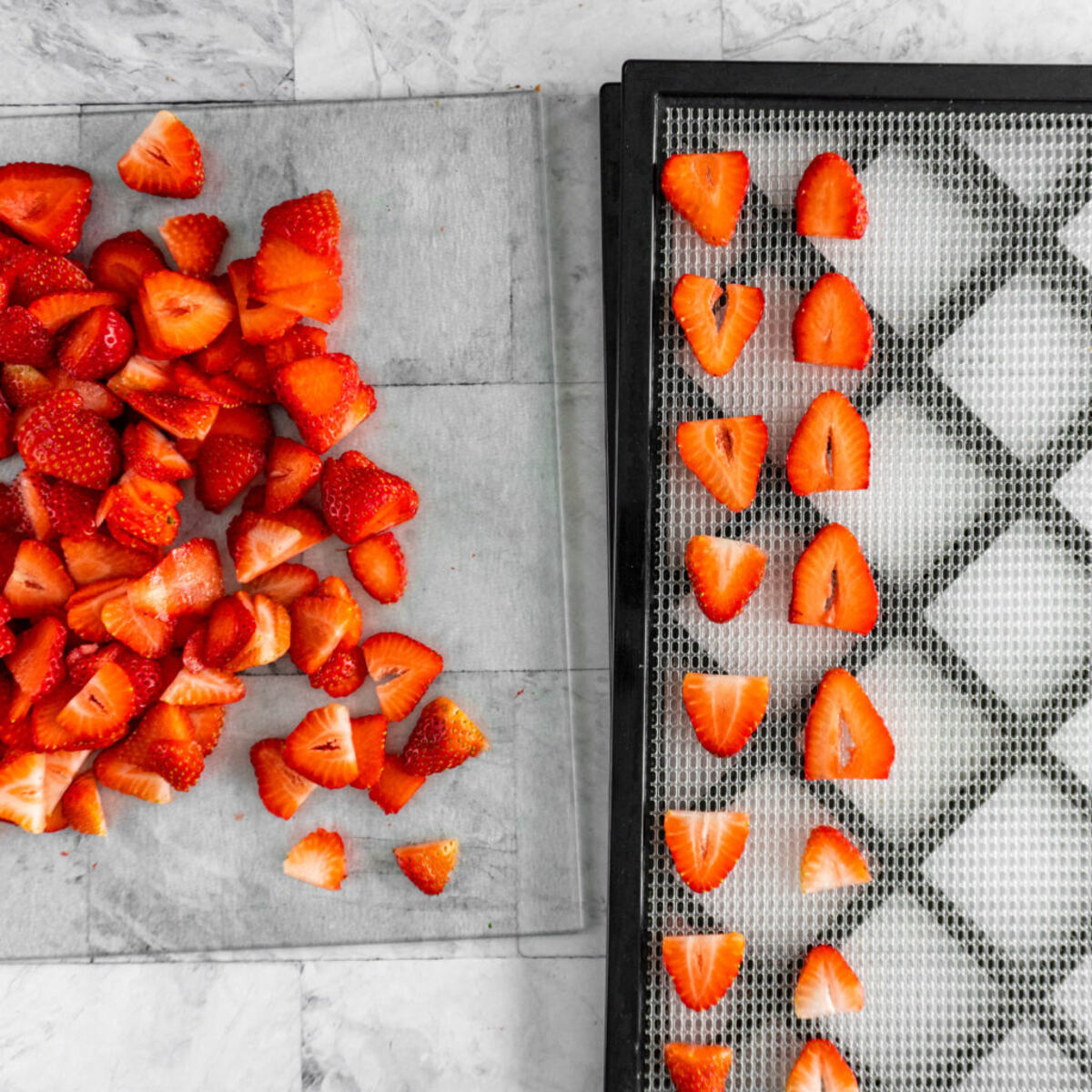
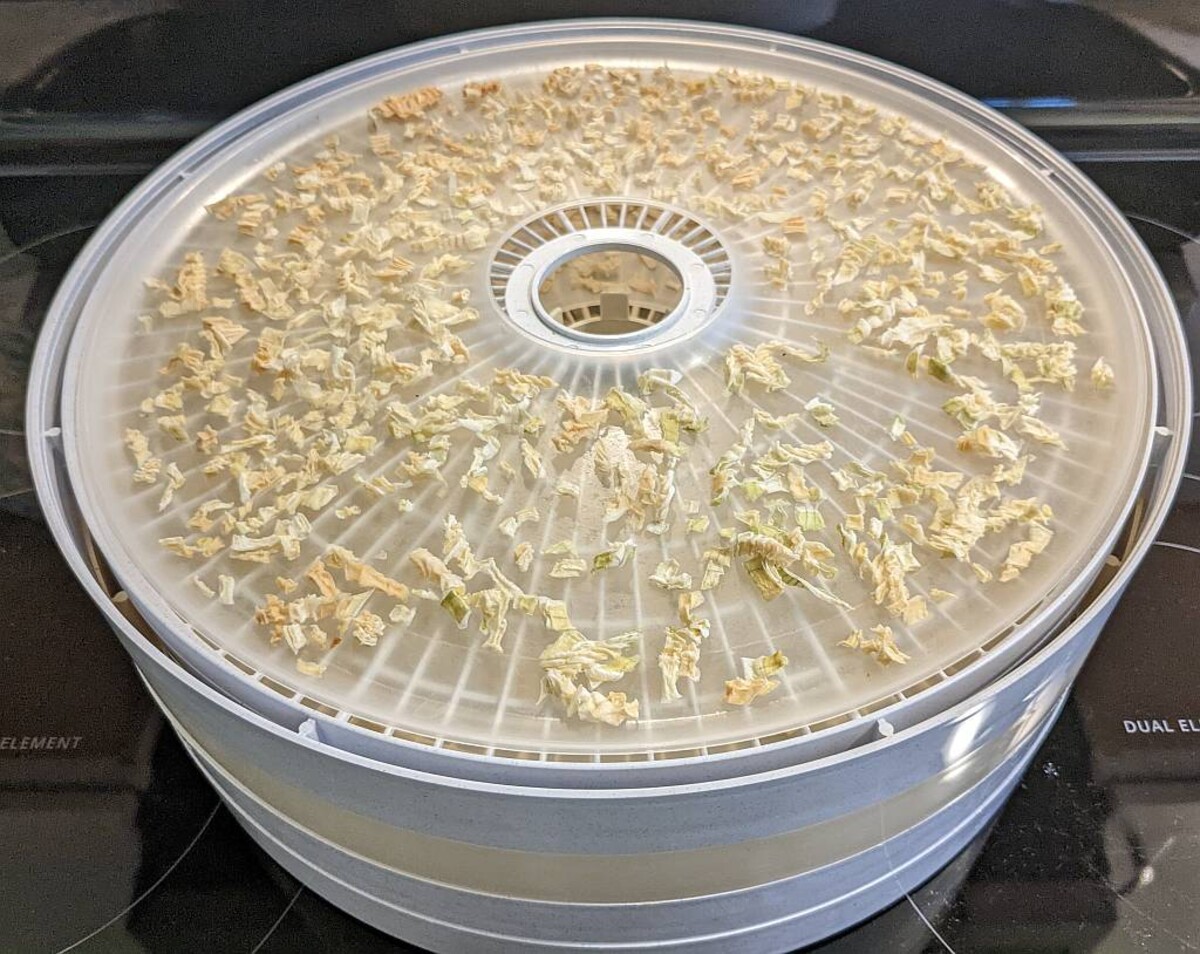

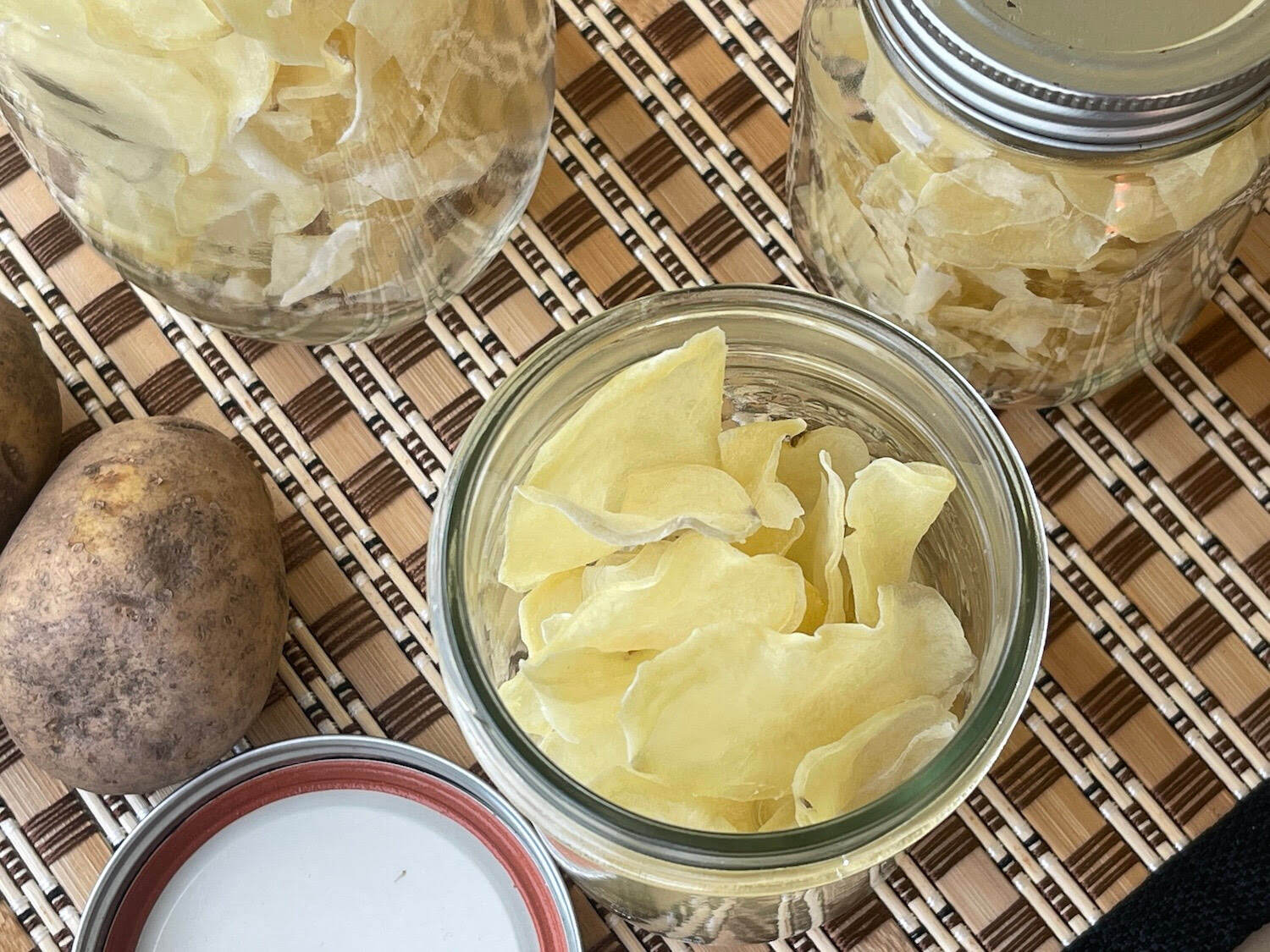
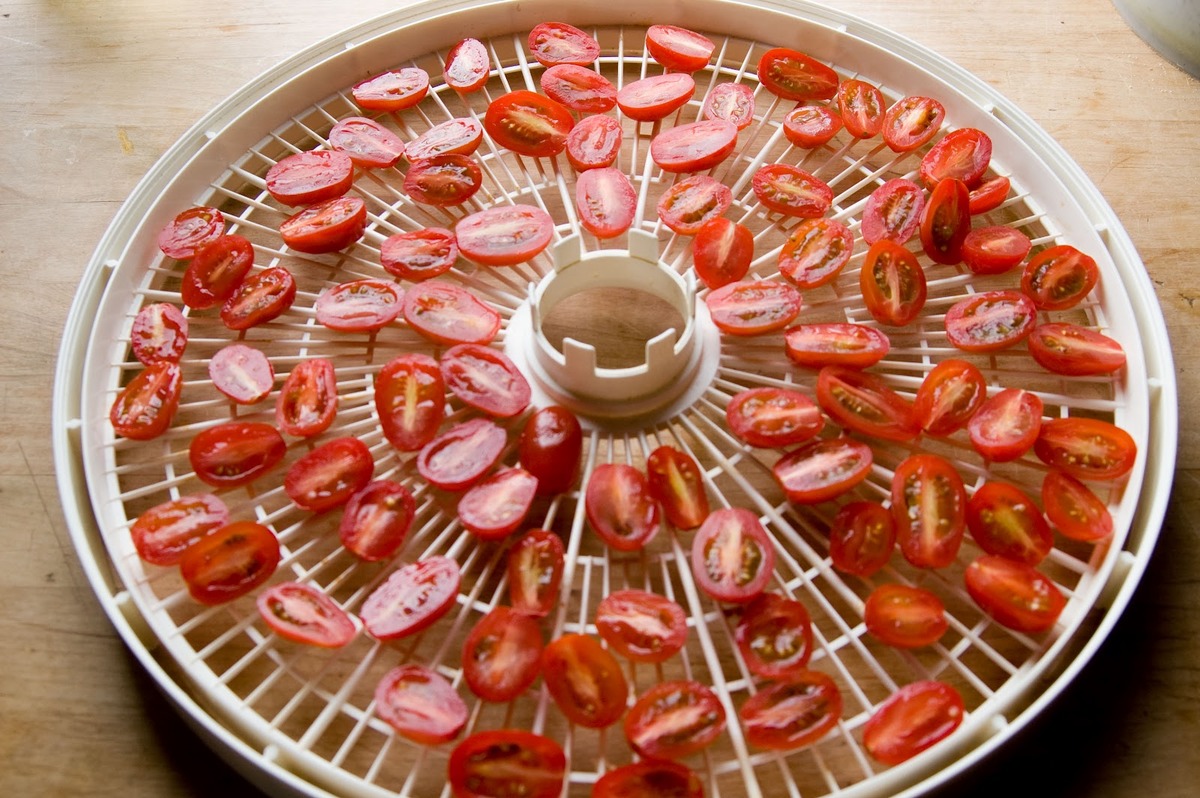
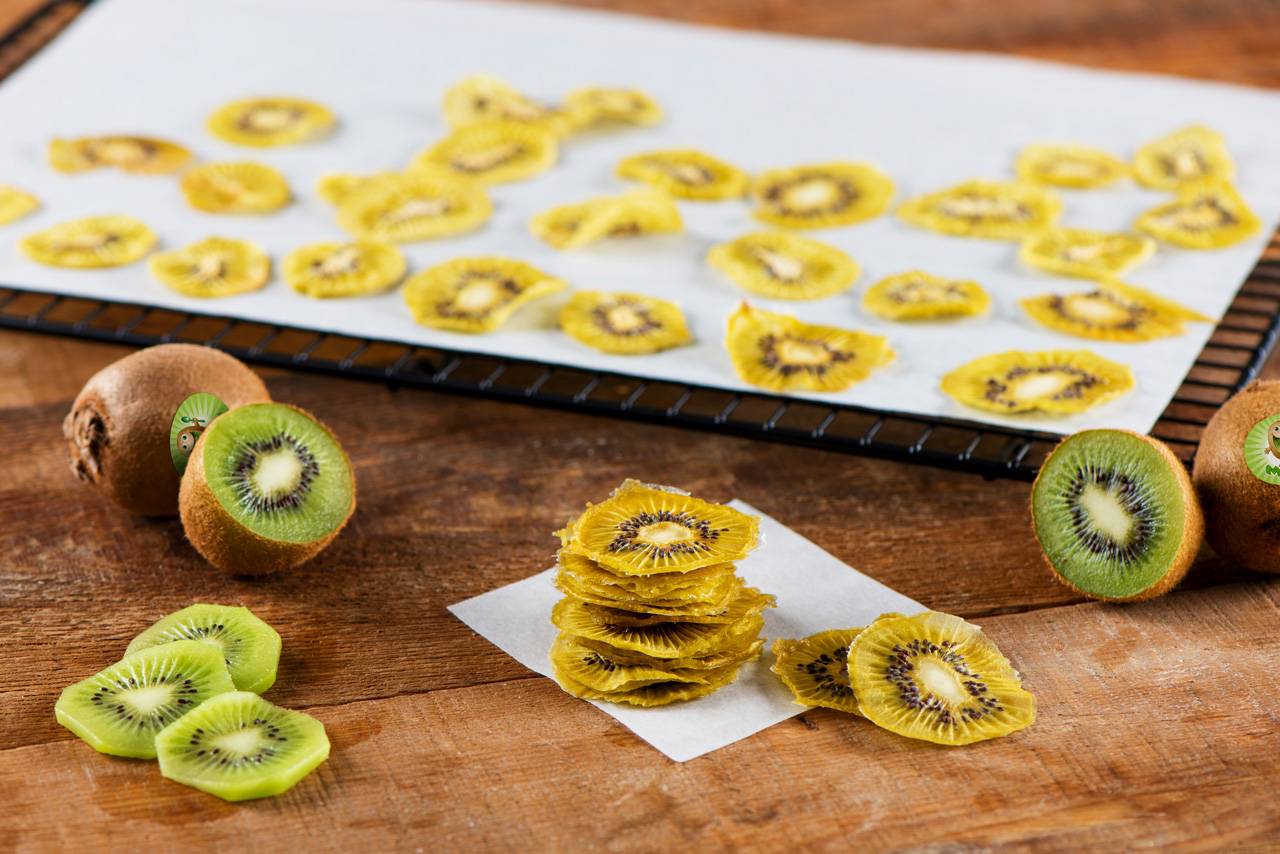
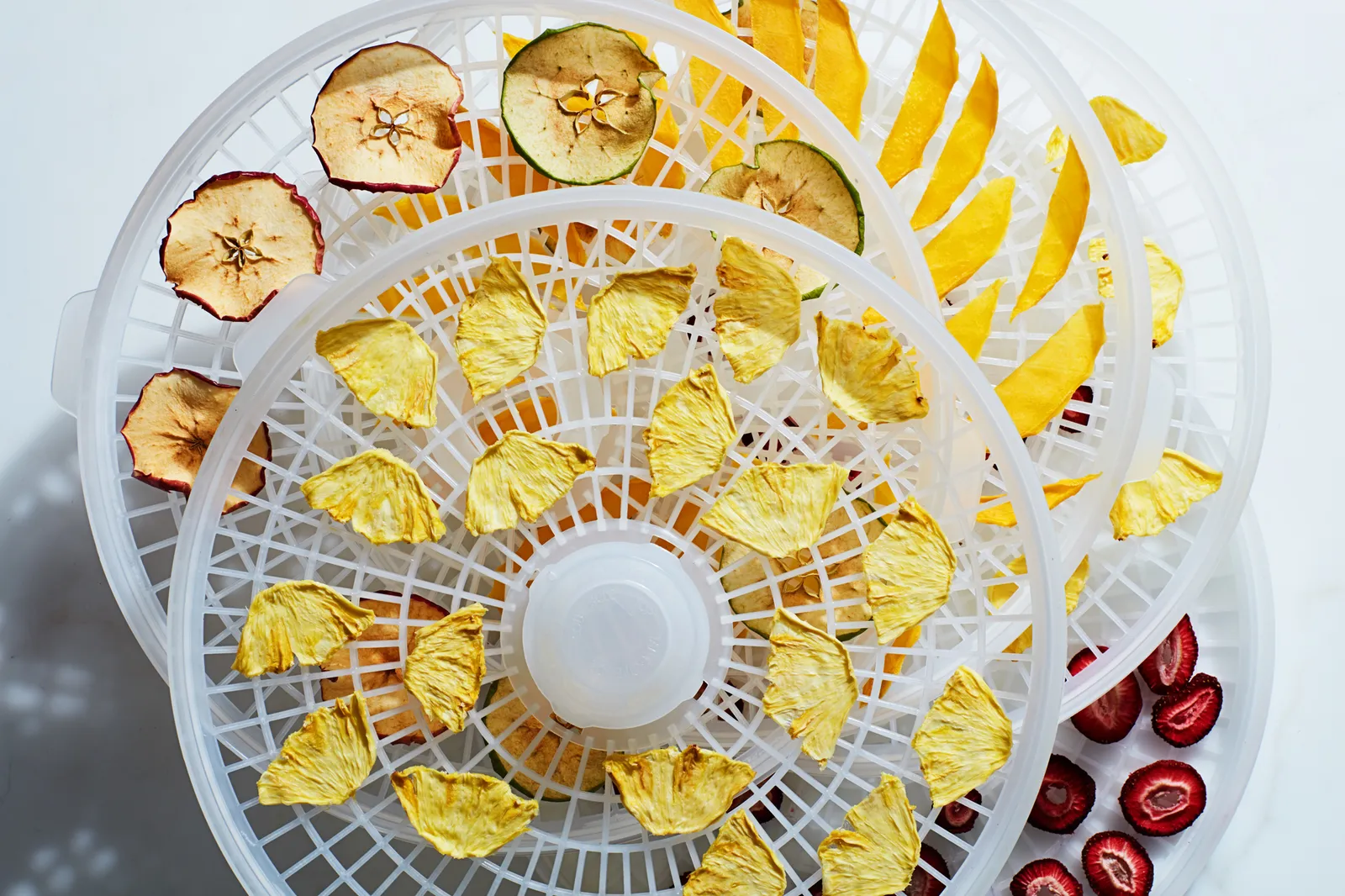

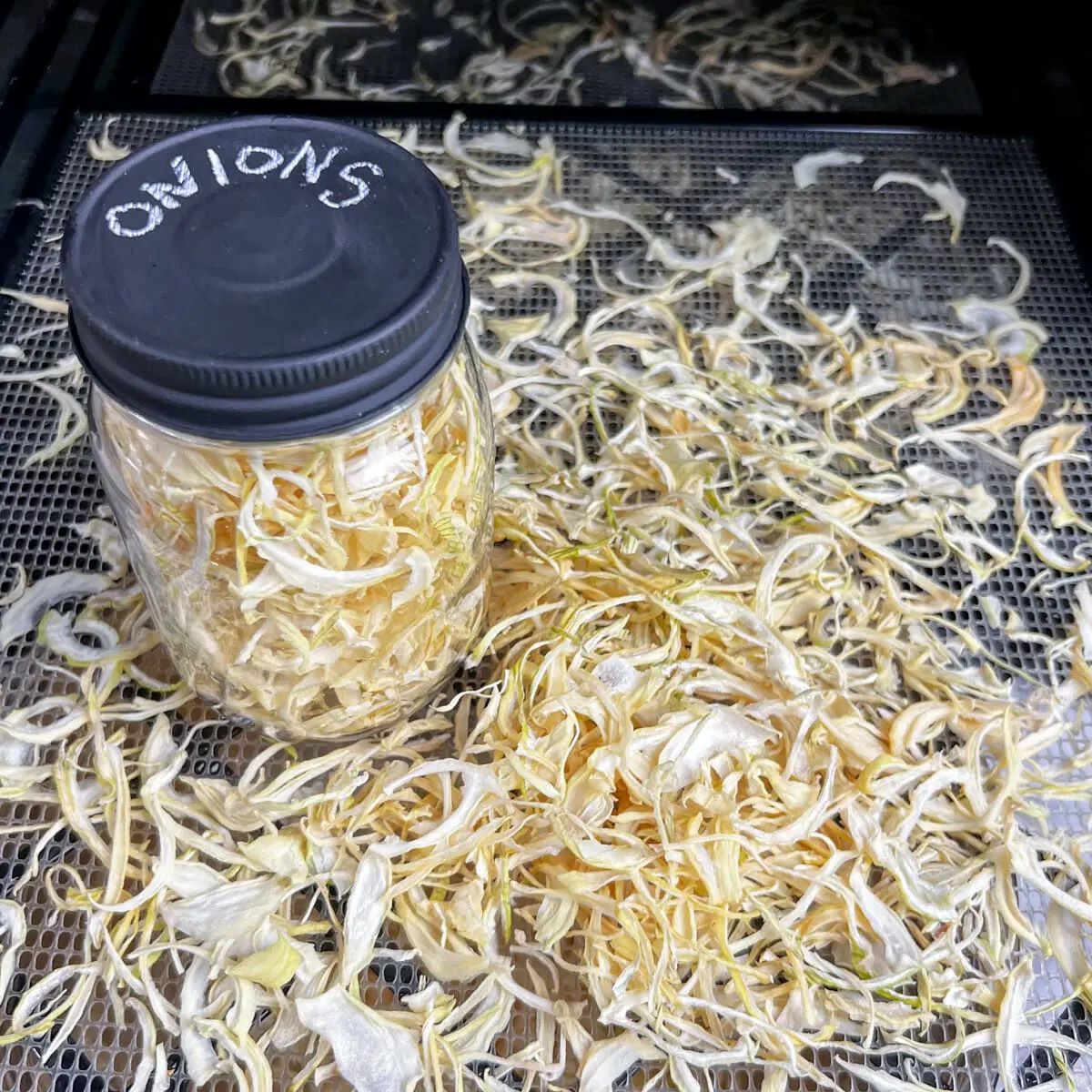

0 thoughts on “How Does A Food Dehydrator Work”